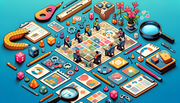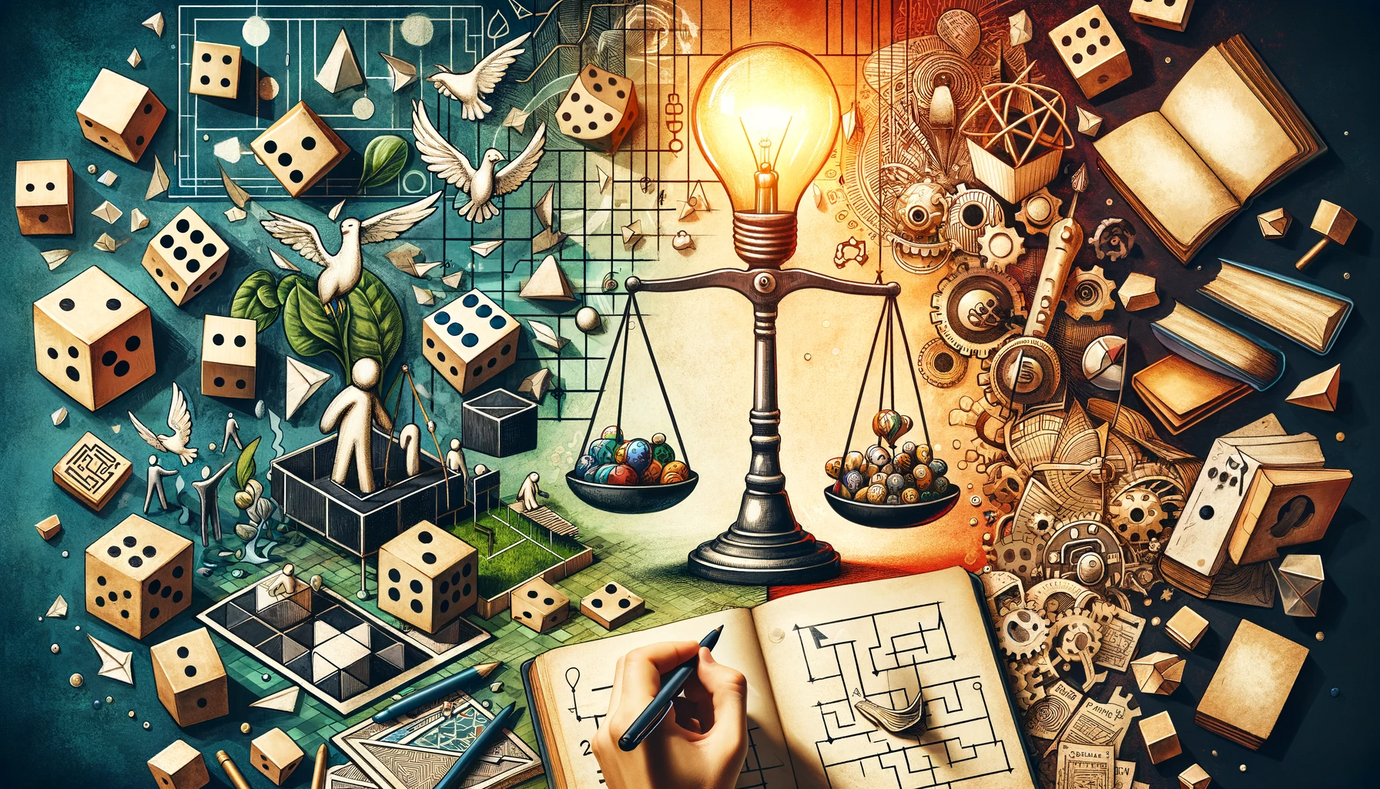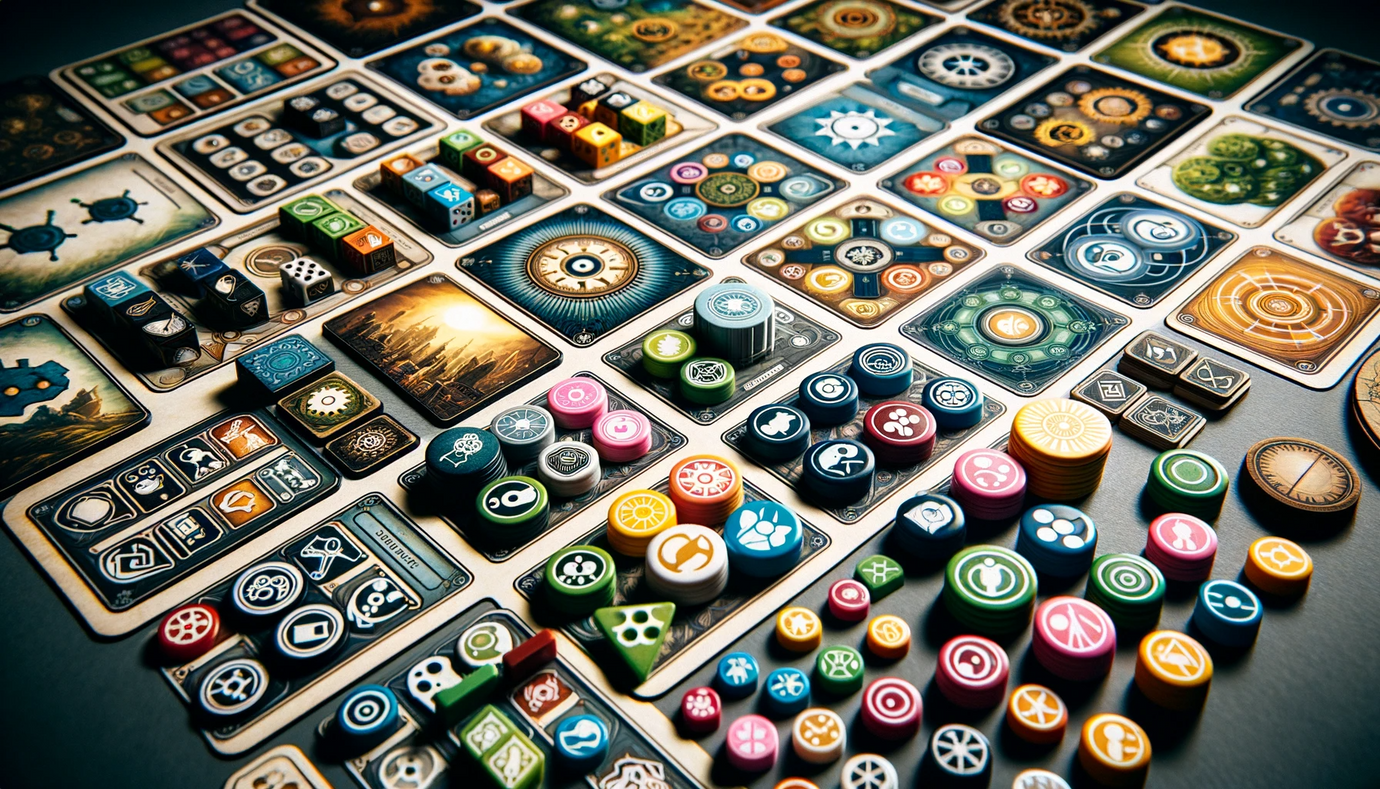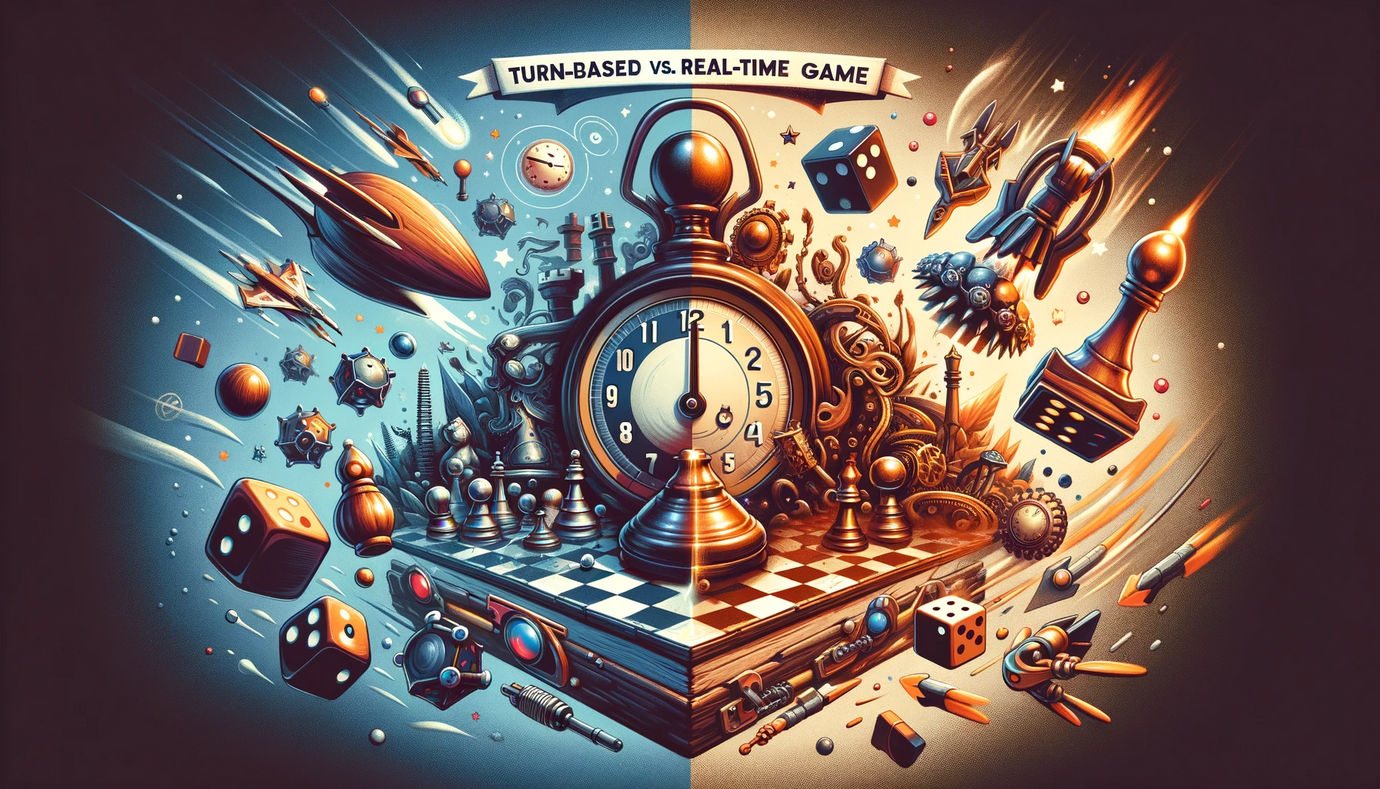The Role of Artwork in Game Design: Aesthetic vs. Functionality
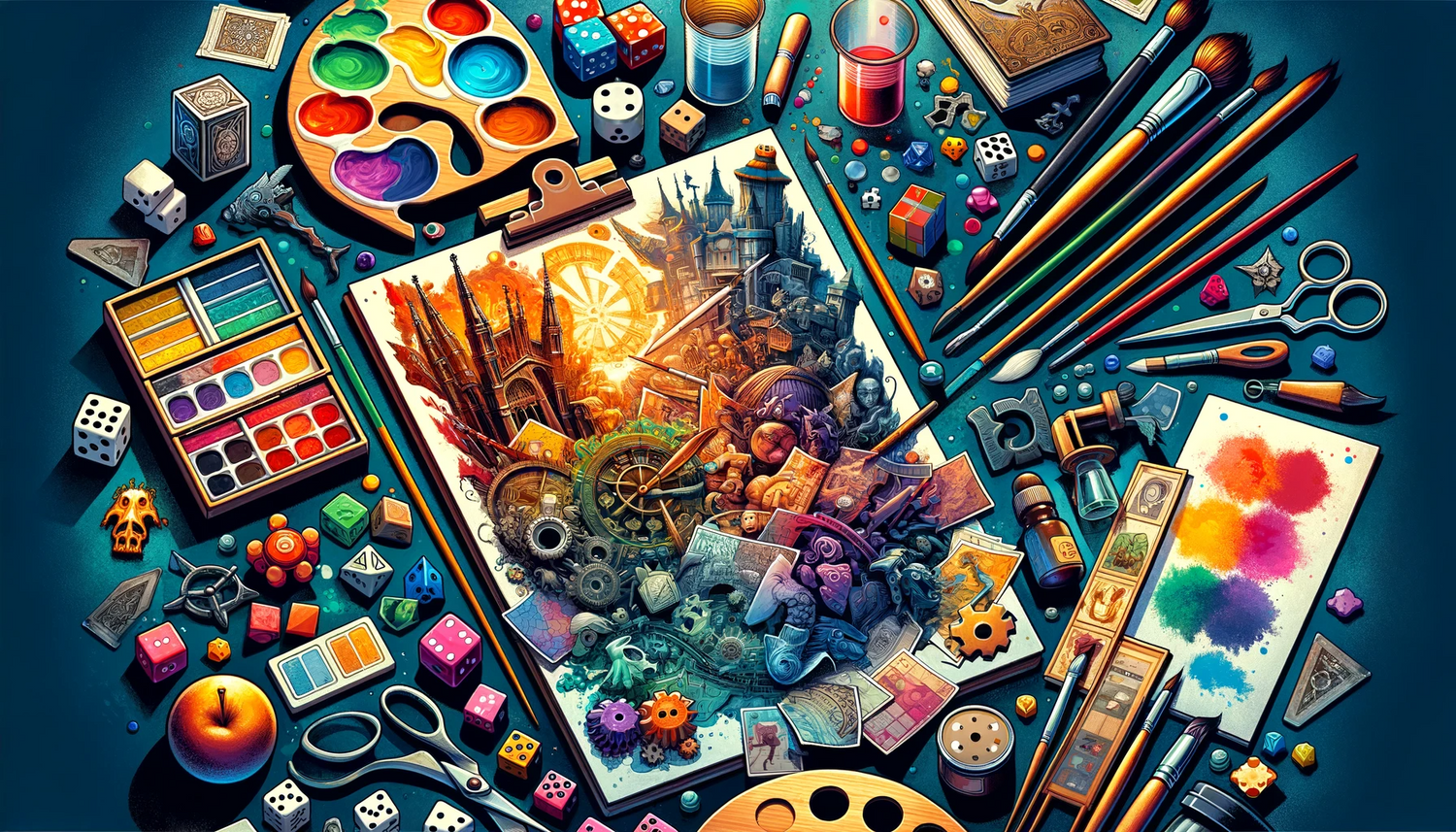
Introduction
In the world of board and card games, artwork is not just a decorative element; it plays a pivotal role in the overall gaming experience. It serves to enhance the thematic atmosphere, aids in gameplay, and can even be a deciding factor in a game's success. This blog post will explore the dual role of artwork in game design, balancing aesthetic appeal with functional necessity, to create a visually stunning and immersive gaming experience.
Understanding the Impact of Artwork in Games
Artwork in games does more than just make them visually appealing; it helps to set the tone and theme, makes the game more accessible and understandable, and can be a critical marketing tool.
1. Establishing Theme and Atmosphere
Thematic Consistency: Artwork should consistently reflect the game’s theme, whether it's a historical setting, fantasy world, or futuristic landscape.
Setting the Mood: The art style can significantly influence the game’s mood - a dark, gritty art style can evoke a sense of tension, while bright and colorful artwork can create a more relaxed atmosphere.
2. Enhancing Gameplay and Accessibility
Visual Clarity: Artwork should make it easier to understand and play the game. This includes clear iconography, easily distinguishable colors, and readable text.
Aiding Game Mechanics: Visual elements should complement the game mechanics. For example, a game with a territory control mechanic might use distinct colors or symbols to denote different areas.
3. Balancing Aesthetics and Functionality
Artistic Appeal: While artwork should be visually appealing, it should not overpower or complicate gameplay. The aesthetic should enhance, not hinder, the gaming experience.
Functional Design: Every visual element should have a purpose. Avoid overly complex or intricate designs that could be confusing or distracting during gameplay.
4. Choosing the Right Art Style
Target Audience: Consider your target audience when choosing an art style. Different styles may appeal to different demographics.
Unique Artistic Voice: Look for an art style that gives your game a unique identity. This can make your game stand out in a crowded market.
5. Working with Artists
Selecting an Artist: Choose an artist whose style aligns with your game’s vision. Review their portfolio to ensure their style matches your needs.
Collaborative Process: Work closely with your artist. Ensure they understand the game's theme, mood, and mechanics to create artwork that aligns with these elements.
6. Integrating Artwork with Game Components
Consistent Visual Language: Ensure that all components of the game - cards, boards, tokens - have a consistent visual language. This helps in creating a cohesive gaming experience.
Component Design: Consider how artwork will be integrated into different game components. For example, the design of a card should take into account the text, symbols, and numbers it will feature.
7. Testing Artwork in Gameplay
Playtesting with Artwork: Test the game with the artwork to see how it impacts gameplay. Look for any issues with readability, player understanding, or overall aesthetic.
Feedback on Visual Elements: Gather feedback specifically on the artwork. Do players find it engaging? Does it help or hinder their understanding of the game?
8. Artwork as a Marketing Tool
First Impressions: The artwork can be a significant factor in a player’s first impression. Eye-catching visuals can attract more attention and interest in your game.
Promotional Material: Use artwork in promotional materials and online platforms to create a strong visual identity for your game.
9. Legal Considerations
Copyright and Licensing: Ensure you have the rights or licenses to use the artwork in your game. This is crucial if you're using existing art or commissioning new work.
Artist Contracts: Have clear contracts with artists that outline ownership, usage rights, and royalties if applicable.
10. Finalizing Artwork for Production
Artwork Review: Conduct a final review of all artwork before production. Ensure everything is aligned with the game’s theme, is functional for gameplay, and is of high quality.
Production Requirements: Work with your production team to ensure that the artwork meets all printing and manufacturing requirements.
Artwork in game design serves as a bridge between the game's mechanics and its thematic narrative, enhancing both the aesthetic appeal and functionality of the game. By carefully selecting artwork that aligns with your game’s theme, enhances gameplay, and resonates with your target audience, you can create a more immersive and engaging gaming experience. Remember, the right artwork can transform a good game into a great one, captivating players not just with its gameplay but also with its visual storytelling.


